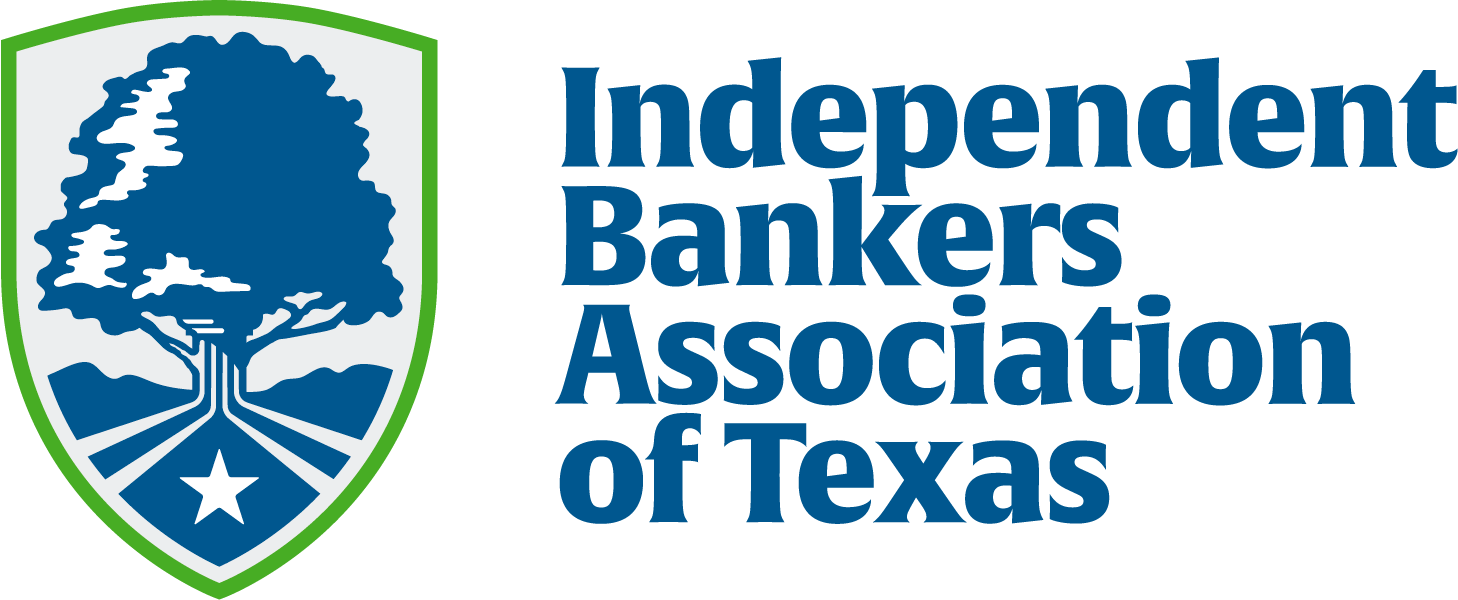Last week, the payments landscape was rocked by a U.S. District Court decision in North Dakota, in a case that challenged the Federal Reserve’s 2011 rule regulating interchange fees for banks over $10 billion in assets.
Under the Durbin Amendment to the Dodd-Frank Act, banks were permitted to set fees based on certain costs. In his decision, Judge Daniel M. Traynor, said that the Fed exceeded its authority by allowing fraud prevention and other costs to be included in the calculation of fees, when those costs were not enumerated by the statute.
The decision vacated the 2011 rule, but the judge stayed his own decision pending an appeal by the Fed, “to prevent interchange transaction fees from becoming a completely unregulated market.”
In 2023, the Federal Reserve moved to rewrite the rules and will be allowed to continue that rulemaking. The decision is one of the first significant effects we’ve seen of the United States Supreme Court’s end to the “Chevron deference” legal principle, which led courts to defer to a federal agency’s interpretation of an ambiguous law, provided the interpretation is reasonable.
The end of the Chevron deference means administrative rules must closely follow statute unless the agencies are given broad discretion in rulemaking.




